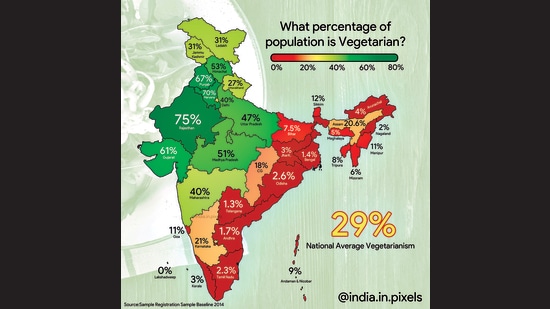(Originally posted on Jan 22, 2021 on the Drishti blog)
I recently reflected on what 2020 meant for Drishti, and subsequently added the first of what will be three inside looks at what I think will happen in the coinciding worlds of manufacturing and technology in 2021. In part one, I took a global, big picture look at how manufacturing will shift to a regionalized, “neighborhood”-based structure. Today, I want to narrow the lens a bit and look at the United States, where Drishti is headquartered and where a large number of our customers have plants.
Before we dive into it, let me take a bit of real estate to remind ourselves of the global trend:
In summary, on the heels of the novel coronavirus and shortages of all manner of personal protective equipment, vaccines, etc., countries will reevaluate the location of their production facilities and bring select manufacturing operations — those that are key to their physical or economic well-being — back to within their borders or regional allied countries to shorten and regain control over the supply chain. Enabling this move will require digital and physical infrastructure investments, cross-cultural training and close coordination among manufacturing locations, which is increasingly contingent on video technology.
In the U.S., three movements will be required for success:
- Focusing on building the new skills required for manufacturing in 2021 and beyond,
- Boosting the country’s investments in physical and digital infrastructure,
- Clustering skills and areas of focus to create economies of scale.
Let me explain.
What it all means for manufacturing in the United States
This manufacturing shift will have enormous ripple effects in the U.S.: Reshoring manufacturing will create a class of jobs that will help rejuvenate the shrinking American middle class. Suddenly, viable, well-paying jobs will again be available to large numbers of people without a college degree; as a result, education in America will begin to change (this shift will certainly take longer than one year) as people choose vocational training options over traditional higher ed institutions.
But unlike during the previous U.S. manufacturing boom, instead of learning skills like milling and machining, vocational training will focus on new skills like understanding and interpreting data, maintaining and repairing electronics, understanding networks and robotics and other skills that are at the interface of technology and the factory floor.
Scaling in a smart way: Build trade zones
Ultimately, manufacturing has the potential to revitalize America only if we do it right. I have long held the belief that nations only see ascendancy if they build products. Trading economies don’t grow; creating economies do. The novel coronavirus has shown the world beyond a doubt that going with the cheapest option isn’t the only, or even the best, way to run manufacturing operations. We were willing to pay the price of our economic security to get the cheapest product; now price isn’t the main issue, and economic security is the focus.
If you have this belief structure, how do you make it work in reality? You have to build the environment and infrastructure to scale investments. With more manufacturing at home, the U.S. would do well to designate focused trade/industry zones and build infrastructure in those zones in a concentrated and purposeful way. What might that look like in practice? Building on existing expertise, the New England area and California would likely focus on medical and pharmaceutical; Houston/Gulf region could be oil; the Detroit/Kentucky/Alabama regions could focus on automotive. Perhaps the Rust Belt could resurrect through photonics or semiconductor manufacturing. In New York State, the governor set up economic zones that compete for state funding; I see programs like this rising to a national level as regions vie for the necessary infrastructure investments to support manufacturing resurgences.
With these regional focuses within the nation’s borders, you will get outsized returns due to economies of scale. Oil and gas companies can collaborate and share infrastructure specific to their industry. Academic institutions and manufacturers can collaborate to build up skill hubs where manufacturers can tap local talent. And so on.
The bottom line
Domain knowledge as well as information and material flows are central to making manufacturing reshoring in the U.S., and neighborhood-based manufacturing around the world, possible. And the reality is that U.S. talent and infrastructure has fallen behind other countries; investments will have to be made in critical technology areas to align with the geographic/zonal focus.
In the final installment, I’ll take a look at the critical technologies, including video and AI, that will make these shifts possible.










